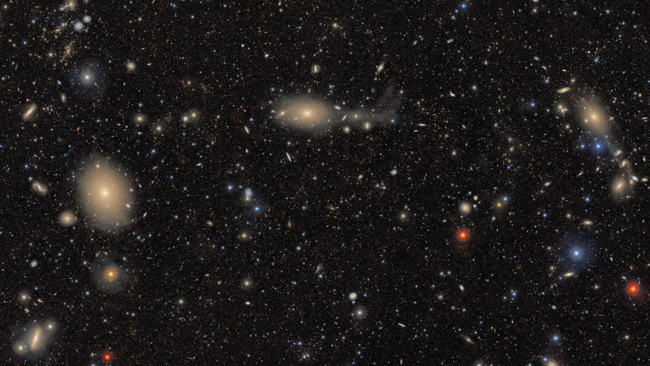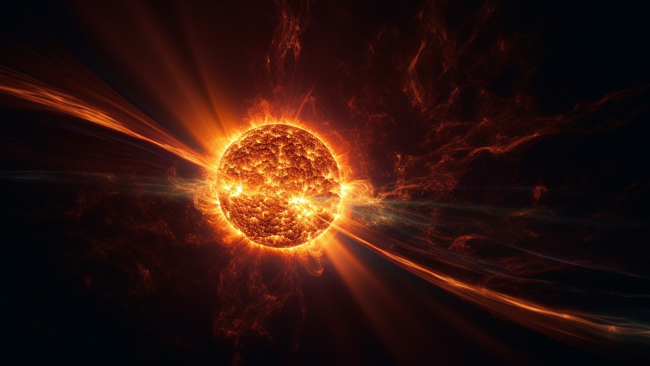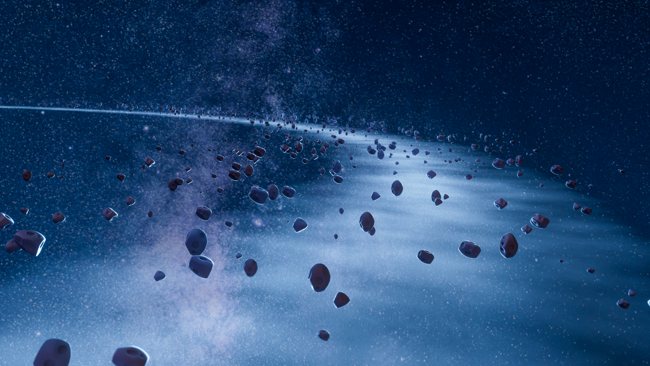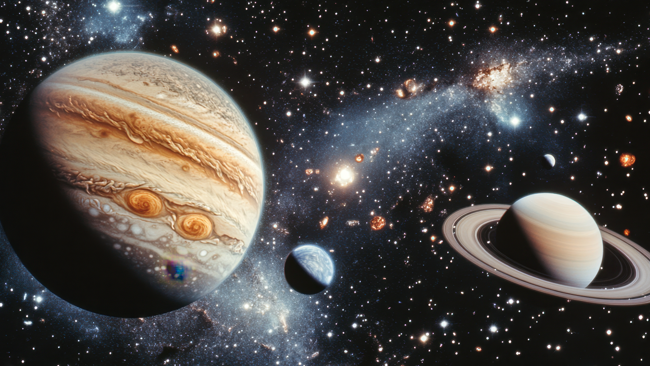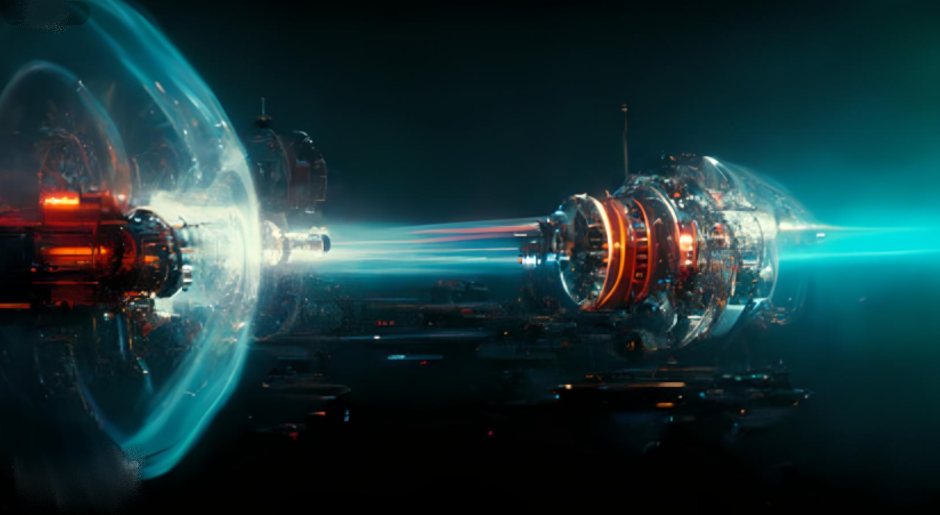
Warp drives and hyper drives are both fascinating concepts in the realm of science fiction, offering means of achieving faster-than-light travel and enabling interstellar journeys that would otherwise be impossible within the constraints of known physics. What’s the difference between Warp Drives and Hyper Drives?While they share the overarching goal of bypassing the limitations of conventional space travel, they are distinct in their theoretical principles and the conceptual frameworks they rely upon.

Warp drives, popularized by the likes of Star Trek, operate on the concept of bending spacetime itself. They propose the creation of a warp bubble, or Alcubierre drive, around a spacecraft, in which spacetime is contracted in front of the bubble and expanded behind it. This essentially allows the ship to “surf” on a wave of compressed space, enabling it to cover vast distances without violating the laws of physics that prohibit objects from exceeding the speed of light. However, the theoretical feasibility of warp drives hinges on the existence of exotic matter with negative energy density, a concept that remains speculative and unproven.
In contrast, hyper drives, often seen in franchises like Star Wars, typically invoke the concept of entering a different dimension or a parallel space where the laws of our universe don’t apply in the same way. Hyper drives are often portrayed as tunnels or shortcuts through this alternate dimension, allowing ships to travel immense distances in a much shorter time from the perspective of those within the ship. Unlike warp drives, hyper drives don’t directly manipulate spacetime but instead take advantage of an extra-dimensional space to achieve faster travel.
While both warp drives and hyper drives are rooted in science fiction, they offer unique storytelling possibilities and cater to different narrative preferences. Warp drives, with their focus on bending spacetime and relativistic effects, can lead to intriguing plotlines involving time dilation, alternate realities, and relativistic physics. On the other hand, hyper drives, with their emphasis on accessing alternate dimensions, can spark narratives involving encounters with exotic beings or the exploration of mysterious realms that defy our understanding of the cosmos.
From a technological standpoint, both concepts present enormous challenges. The theoretical underpinnings of warp drives involve complex calculations and require the existence of speculative forms of matter. Hyper drives, while sidestepping some issues of relativistic physics, introduce their own set of challenges related to the nature of the extra-dimensional space they tap into and how such access could be controlled and harnessed.
In the realm of speculative fiction, both warp drives and hyper drives offer captivating ways to imagine humanity’s exploration of the cosmos beyond the confines of our current understanding of physics. Whether through bending spacetime or traversing alternate dimensions, these concepts continue to inspire writers, scientists, and dreamers alike to envision a future where the stars are not out of reach.
